Easy and cost-effective ways to refresh – upstands and splashbacks
With cost-of-living top of the current agenda, many are keeping a close eye on household expenditure. In some cases, homeowners have made the decision to put on hold or even cancel kitchen projects, while others continue to press on with original plans building, renovating, or refreshing.
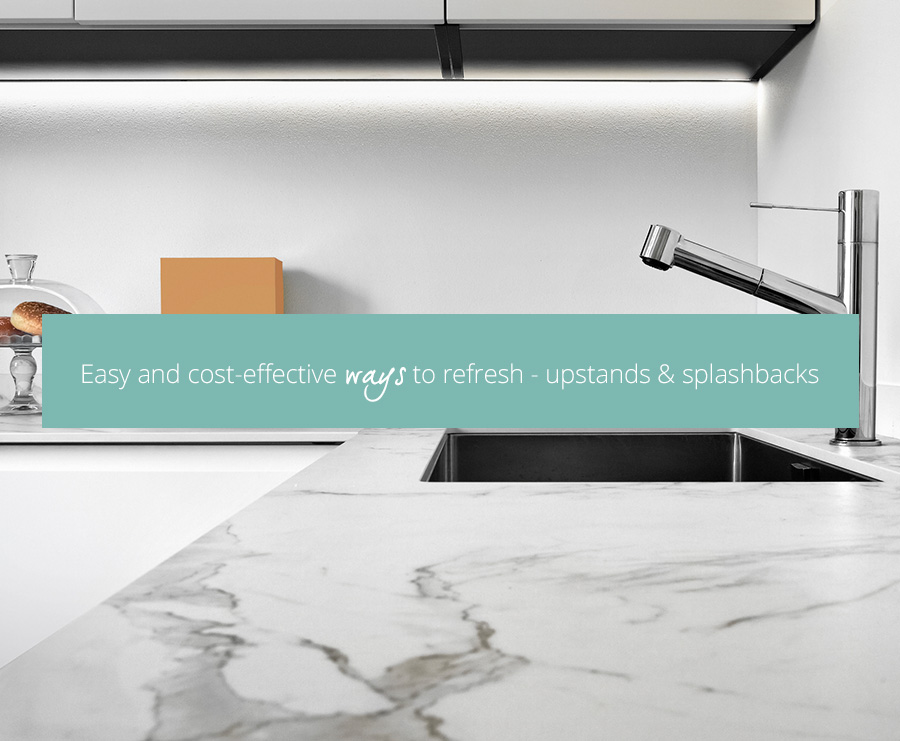
It won't come as a surprise to anyone that these days hard-earned money doesn't go as far as it once did, but for those who have decided on a kitchen refresh, the good news is that there are ways to update and create an amazing space without breaking the bank.
In the third of our ‘Easy and cost-effective ways to refresh’ blogs, we focus on upstands and splashbacks which can make a real difference to the overall look and feel of the room.
Placed behind hobs, ovens, or ranges to protect the wall from splashes, stains and steam caused by cooking or behind sinks to prevent mould and mildew from spilt, sprayed, or splashed water, upstands and splashbacks also provide a quick and easy way to inject colour, personality, and creativity into a room.
Upstands and splashbacks can be cut to fit and are often bespoke in size to incorporate sockets, different height extraction hoods and various hob widths. Providing a functional solution to everyday problems, upstands and splashbacks can be made from a variety of materials.
Stainless-steel - a sheet of flat steel fixed directly to the wall. Relatively affordable and easy-to-clean, a stainless-steel splashback is heat -resistant and durable, however, will develop scratches over time.
Porcelain and ceramic tiles - are scratch, heat and water-resistant and are easy to clean. With a wide range to colours and designs to choose from, tiles are also easy and cost-effective to install. If a tile splashback becomes chipped or damaged however, it will need to be removed and replaced, and over time grout will discolour and need to be replaced.
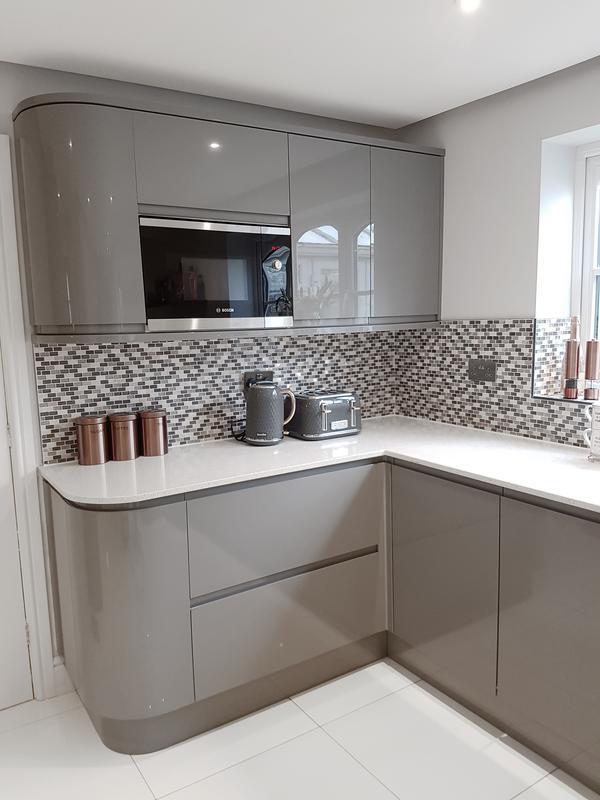
Composites - are typically made from a blend of one-third resin and two-thirds natural mineral. They are highly flexible and can be used to provide streamlined curves that require no joints between worktop and splashback. However, some composite splashback varieties are prone to scratching and lack heat-resistance.
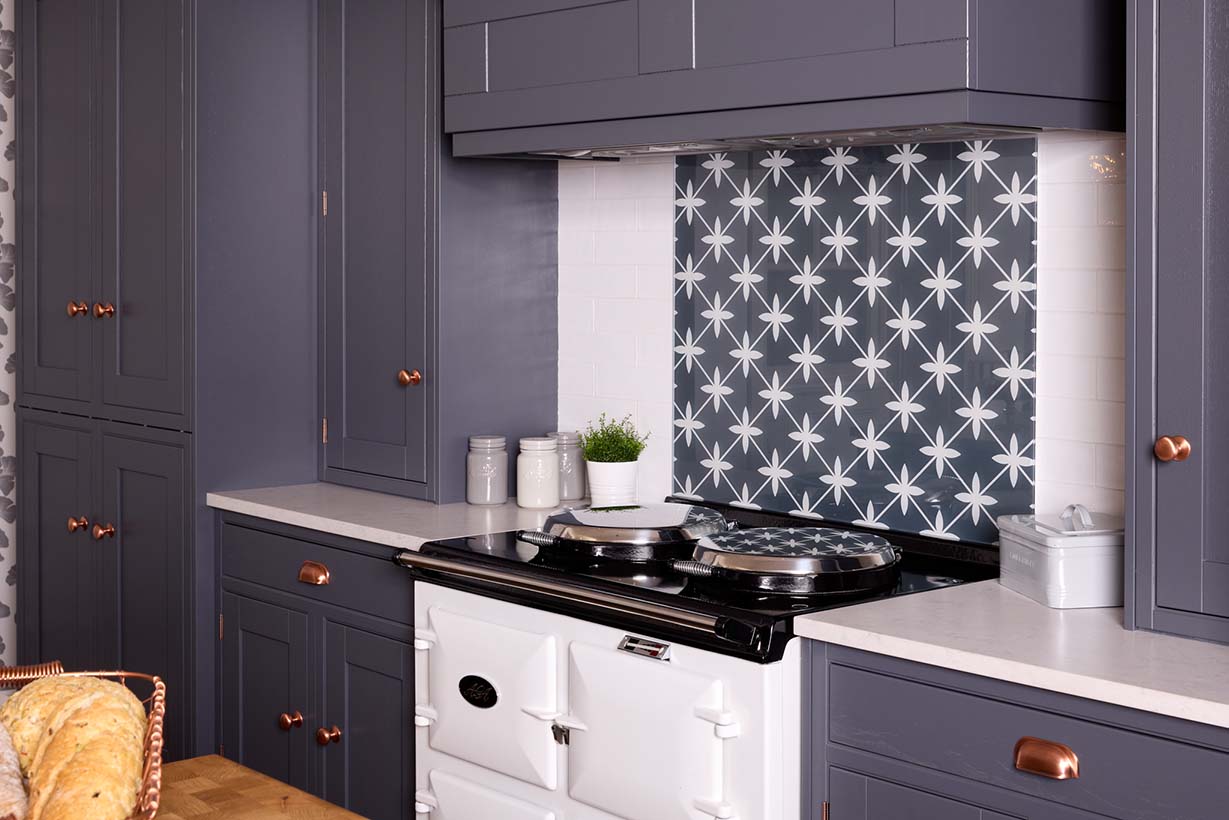
Laminate – is affordable, hard-wearing, and easy-to-clean. However, it should not be used behind a gas hob because of its flammability and laminate upstands and splashbacks need to be carefully installed to prevent water ingress at joints
Glass - commonly used to add colour as well as a sleek look, glass upstands and splashbacks can be fitted in a large, seamless panel. They are easy to fix to the wall, are stronger and more durable thanks to the use of tempered glass, are easy to clean, easy to maintain, more scratch-resistant, more hygienic, and wear well. Clear splashbacks are great for protecting painted, brick, wallpapered or panelled walls.
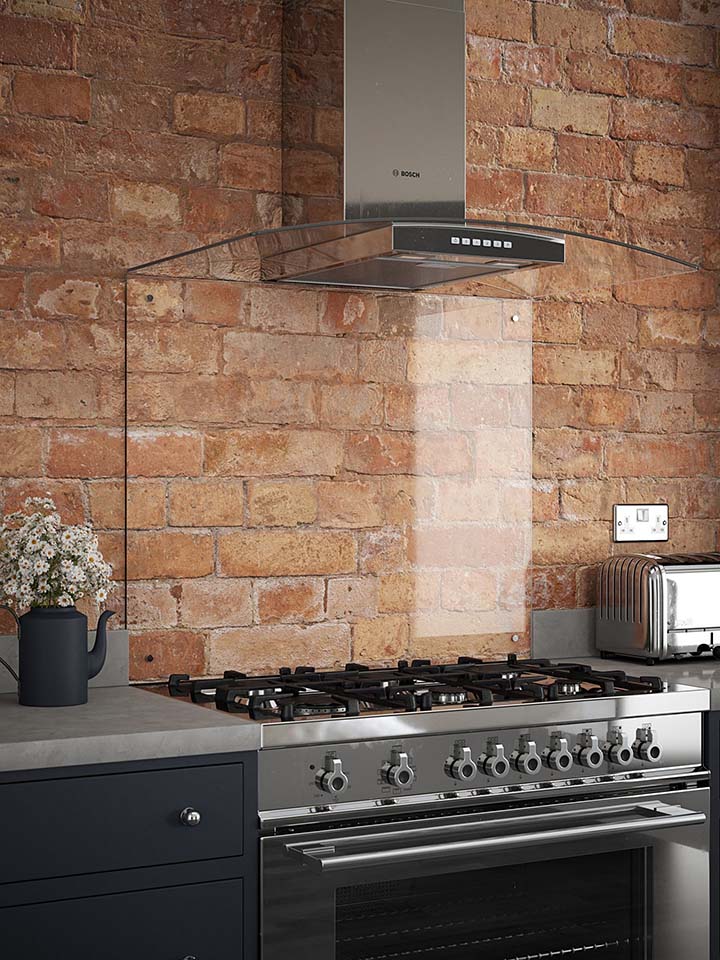
Engineered stone – usually manufactured from crushed quartz and resin, engineered stone is very tough, will not stain and is easy to clean. However, an engineered stone splashback is more expensive than other materials and generally requires specialists to install – not necessarily fitting the brief of easy and cost-effective!
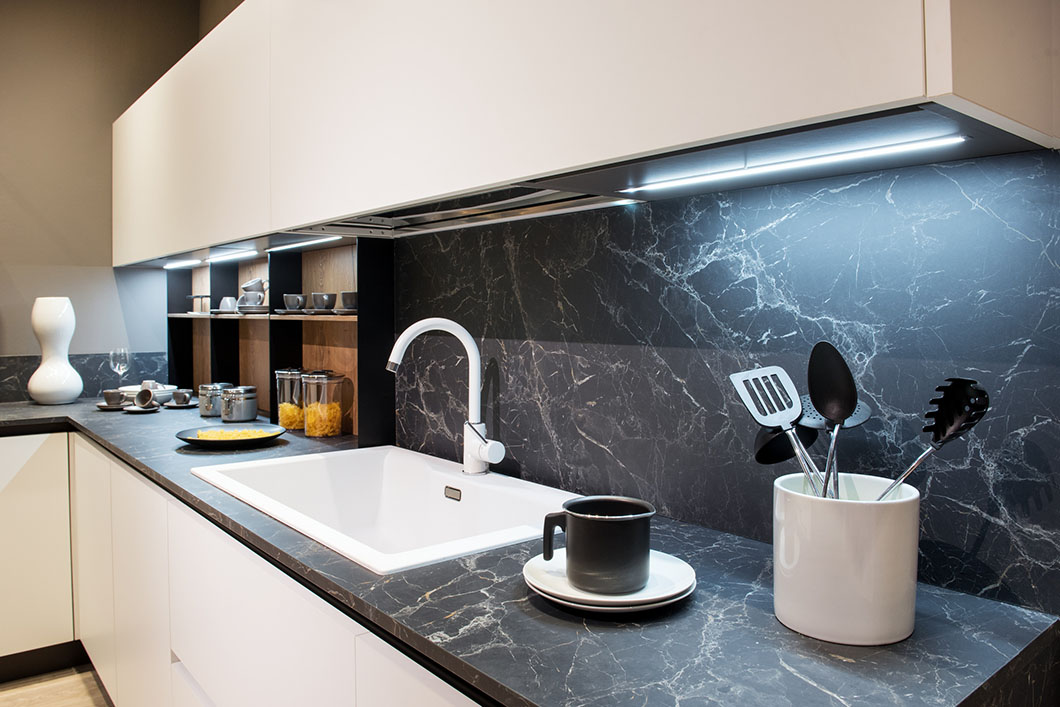
Installing upstands or a splashback in your kitchen is a great way to transform a simple backdrop into a statement feature, is relatively easy to fit and doesn’t necessarily need to break the bank!
24th Oct 2022The Compare Network
Copyright – Insight Retail Group Ltd 2025 All rights reserved